Affiliate links on Android Authority may earn us a commission. Learn more.
Xiaomi Mi 10 Pro hands-on: Killer specs at a higher price
April 5, 2020
UPDATE: April 4, 2020 (12:00PM ET): An earlier version of this article listed the charging speed at 65W. The phone includes a 65W charging brick but only charges at 50W. We’ve amended the article to note this. We regret the error.
Original article:
On March 27, Xiaomi officially announced the Mi 10 and Mi 10 Pro for global markets. The devices represent a huge jump in pricing for the company, with the standard Mi 10 starting at €799 and the Mi 10 Pro starting at €999. Considering last year’s Mi 9 started at €499, the new phones will have to bring a huge amount of prowess to draw prospective customers.
So what is Xiaomi offering for your money?
Classic Xiaomi form
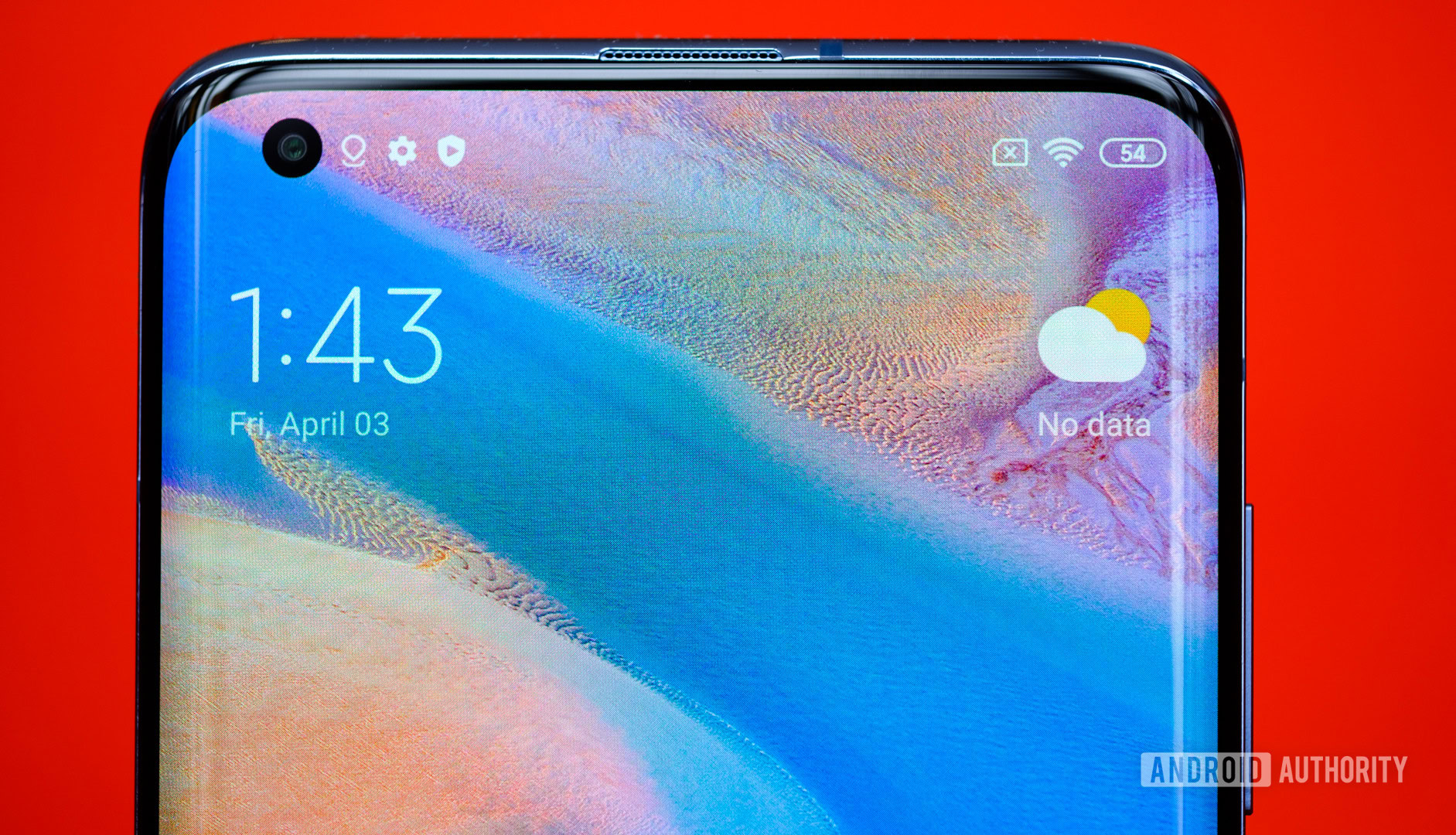
The design of the Mi 10 Pro feels authentically Xiaomi. It doesn’t try to be flashy with colorful gradients or prints. The Mi 10 Pro simply comes in blue, green, and pink with soft-touch glass on the back. This feels similar to the finish OnePlus puts on its devices, but it’s not quite as nice. While I’d have loved for Xiaomi to put a little more thought into the color and texture, it’s not totally necessary — just personal preference.
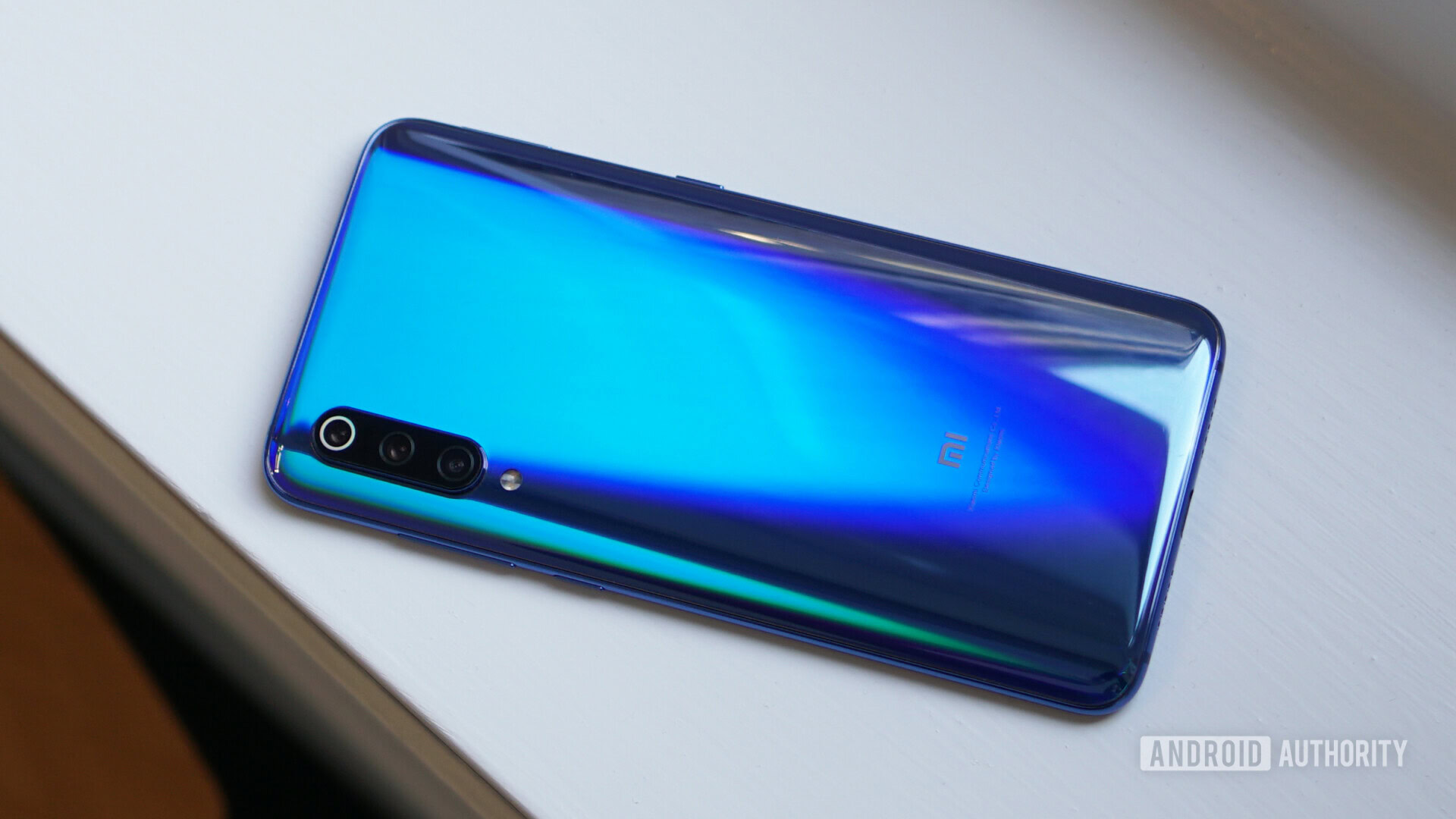
The display of the Mi 10 Pro feels definitively 2020. It’s using a 6.67-inch curved, FHD+ AMOLED display with HDR 10+ support. It looks decent. It’s not particularly stunning, but it does support a 90Hz refresh rate, which a lot of people will appreciate (even if it’s not 120Hz). There is a punch hole in the top left of the display, which houses the 20MP front-facing camera.
On the rear, the Mi 10 Pro sports four cameras. You’ll find a USB-C charging port on the bottom next to the SIM card tray, and power and volume buttons on the right side of the device. Overall, this is a very minimal phone and feels definitively Xiaomi.
The specs are stacked
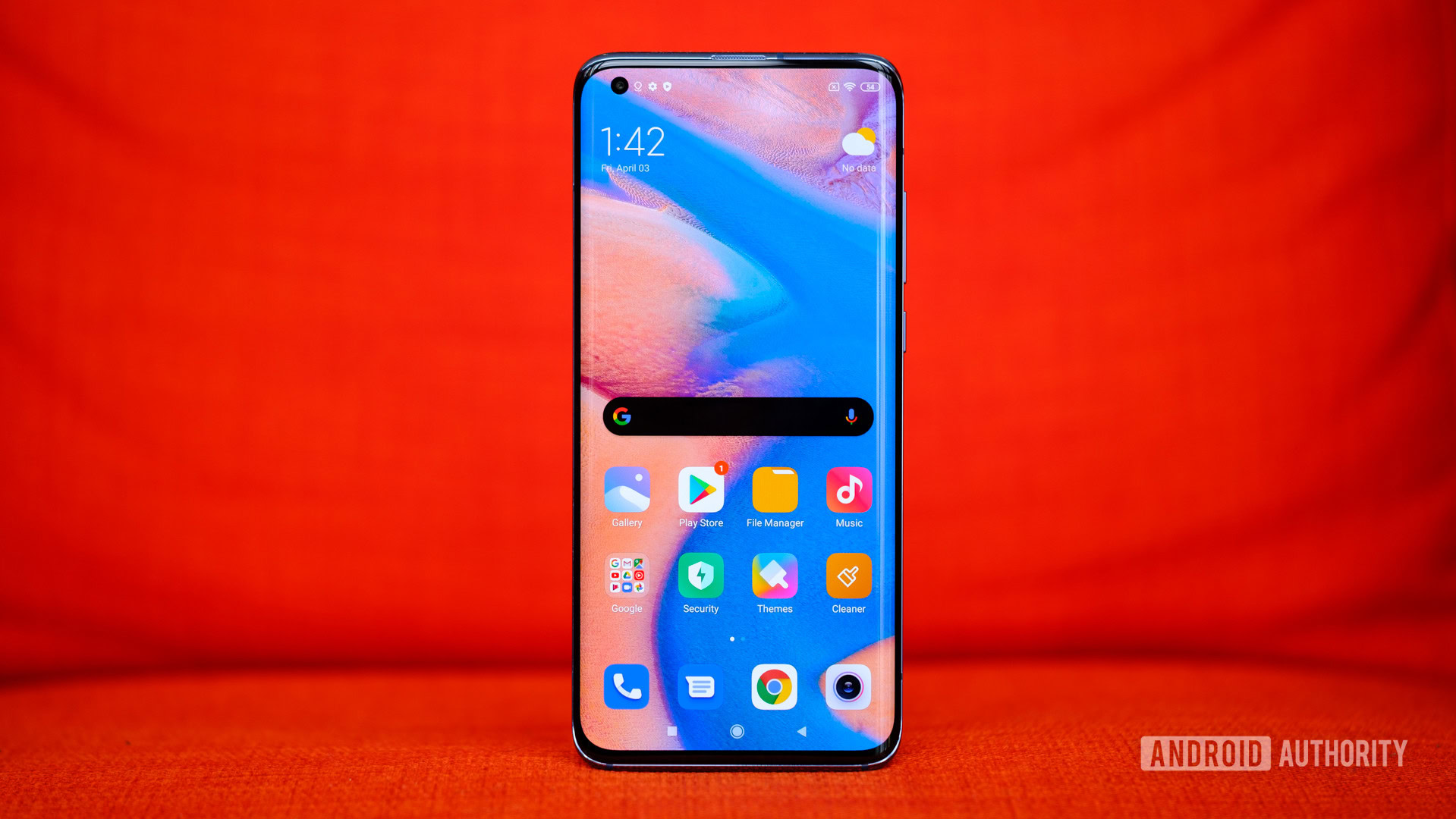
From a raw power perspective, the Mi 10 Pro brings a lot to the table. It’s running a Qualcomm Snapdragon 865 and X55 modem to support sub-6GHz 5G networks, 8 or 12GB of RAM, and 256 or 512GB of storage. That’s about as flagship as you’d expect to get in early 2020, which should make Mi fans happy.
The Mi 10 Pro is also running a 4,500mAh battery. While that’s not quite as big as the 5,000mAh cell on the Samsung Galaxy S20 Ultra or LG V60, it has something those devices don’t: ludicrously fast charging.
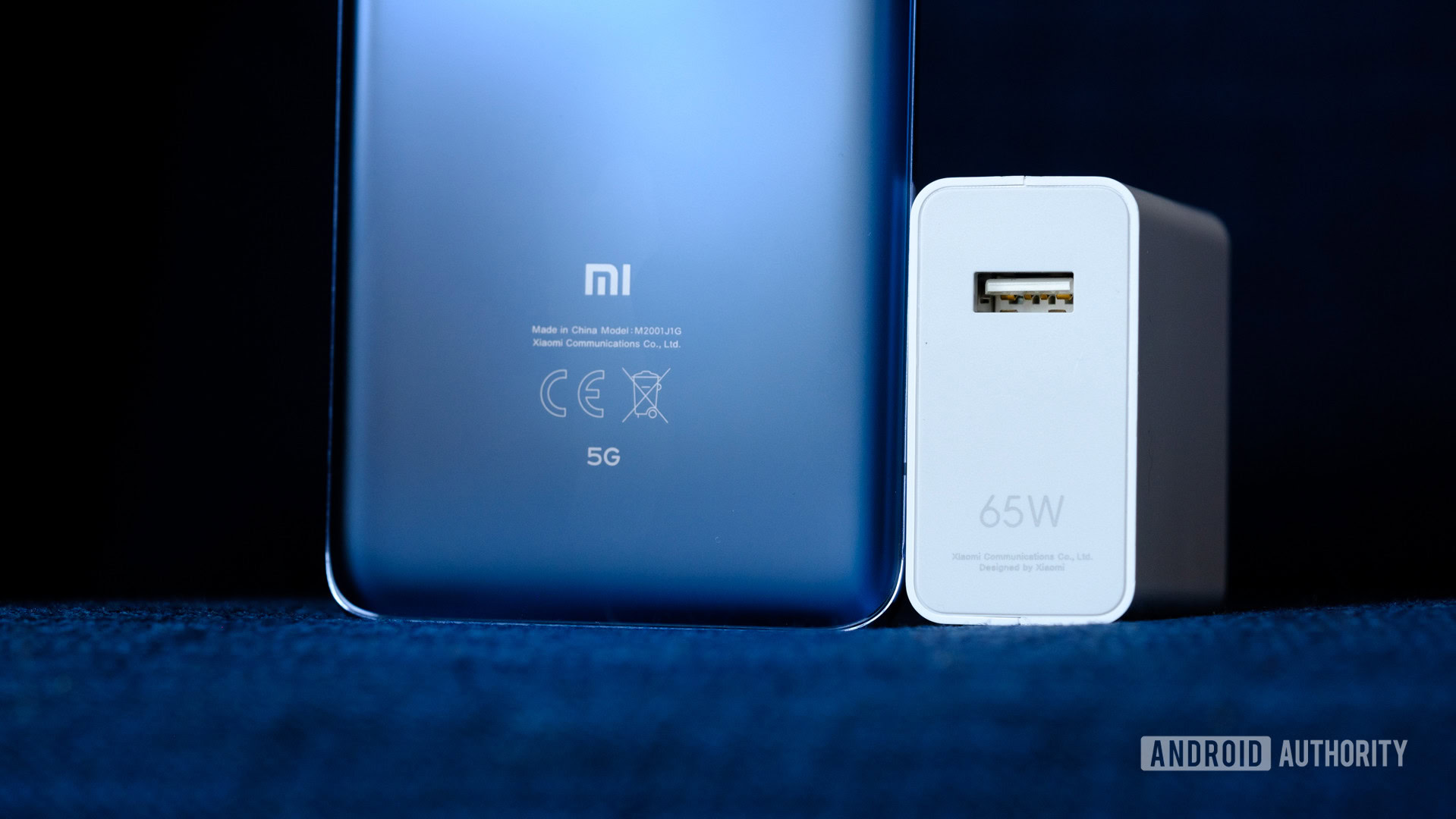
The Mi 10 Pro supports 50W charging with the included 65W brick, which should amp the phone up in no time. Ever since reviewing the OPPO Find X2 Pro with 65W charging, I’ve been a huge fan of the charging some devices can tout. And if you’d rather go wireless, the device supports 30-watt wireless charging. If you’d need to juice up another device, the Mi 10 Pro also supports reverse wireless charging at 10W.
Cameras for days
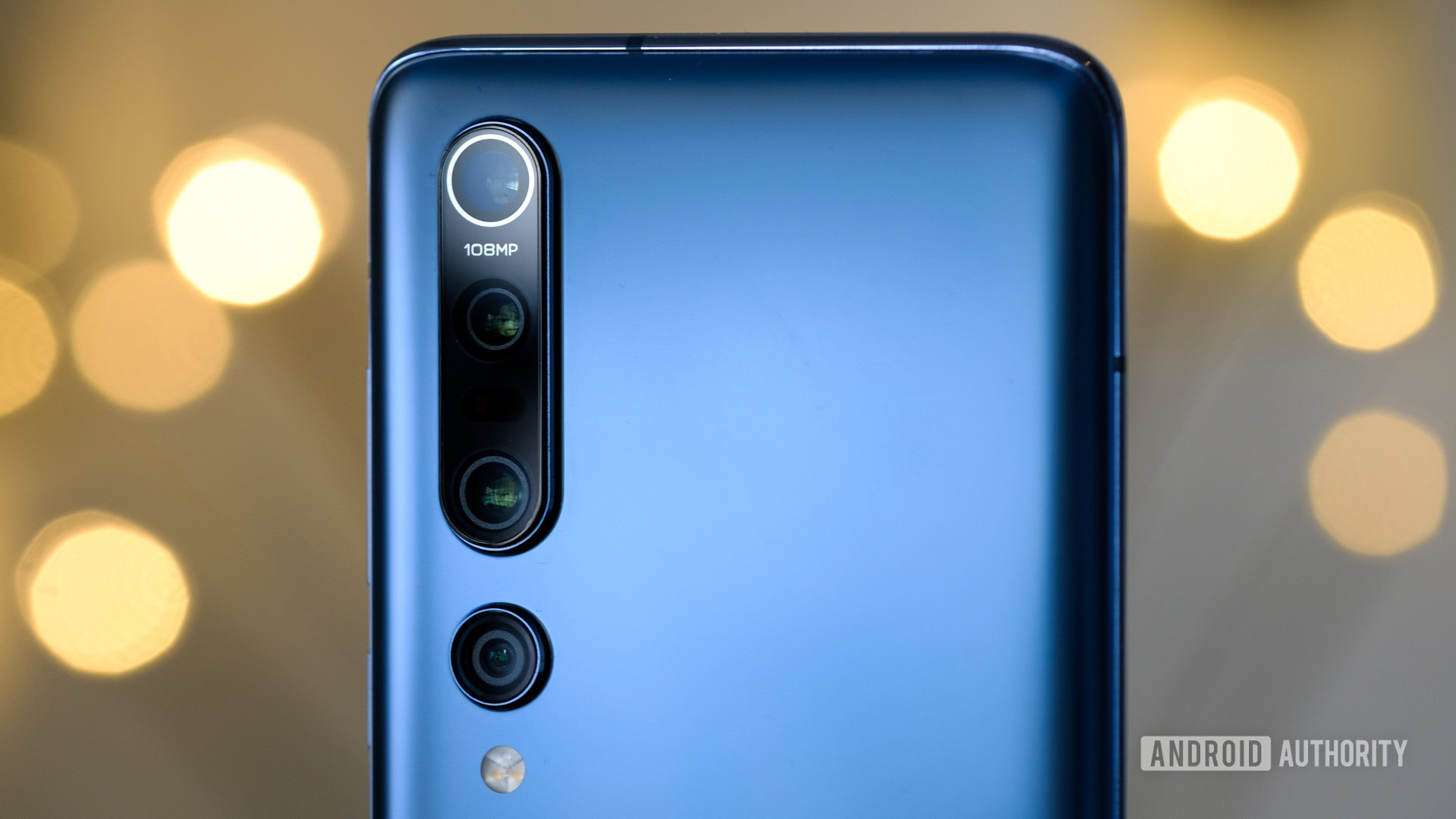
The Mi 10 Pro sports a 108MP sensor similar to what we saw on the Xiaomi Mi Note 10, a 20MP ultra-wide sensor, and two telephoto sensors. The first telephoto sensor is primarily made for portraits, sporting an equivalent 50mm focal length and shooting at 12MP. The longer telephoto sensor uses a 94mm-equivalent focal length and shoots at 8MP. The phone can zoom up to 50x in a crop mode.
From initial images, the photos out of this phone look decent. White balance and color seem very balanced, and dynamic range is particularly good. We’ll be testing this device more in-depth once we finish our full review, so stay tuned for that.
As far as video is concerned, the Qualcomm Snapdragon 865 allows the Mi 10 Pro to shoot 8K video for up to six minutes. This is likely to keep the phone from overheating. We’ll be testing video capabilities more in our full review as well.
Software with lots of Google
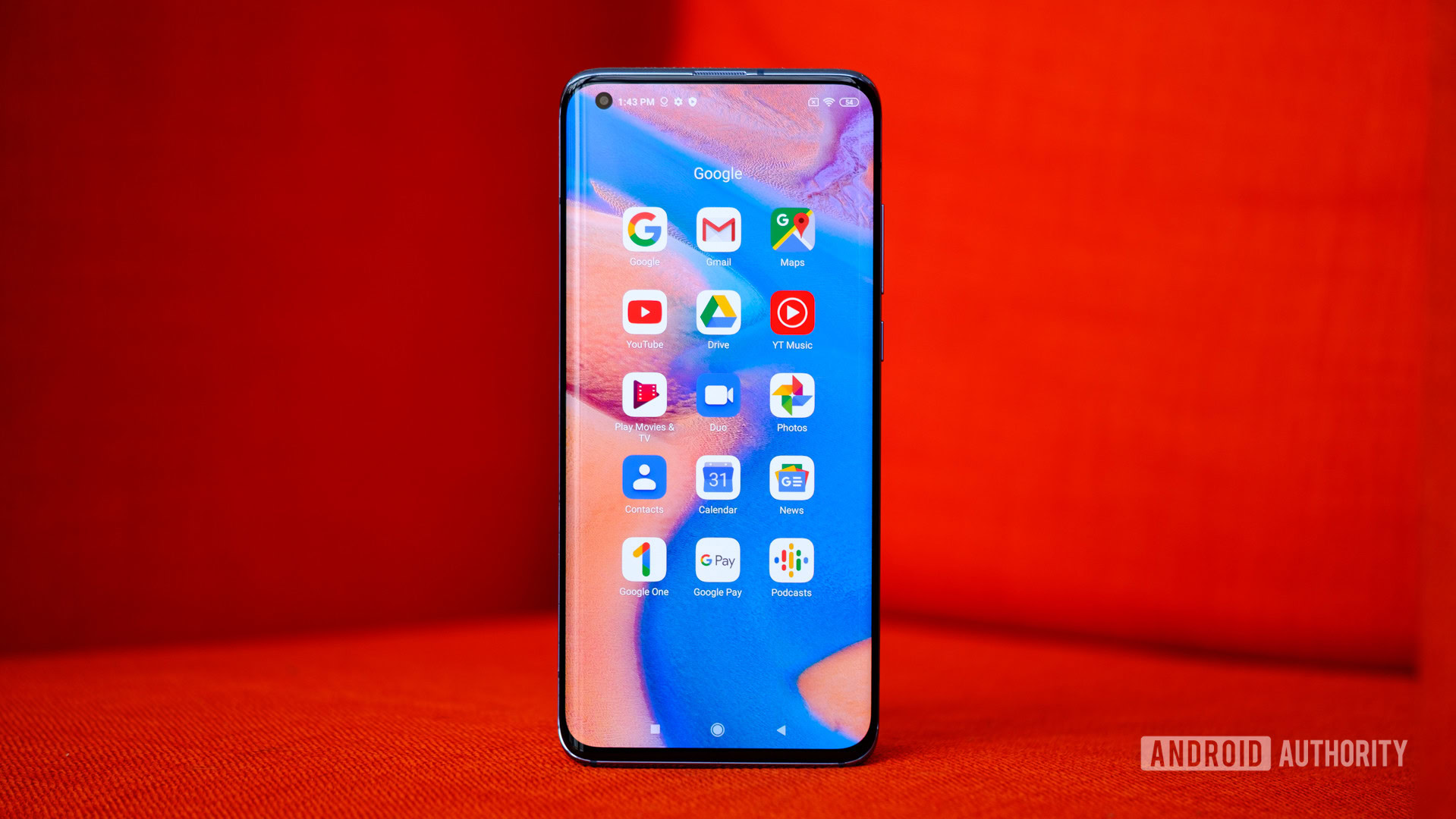
The Xiaomi Mi 10 Pro is running MIUI 11 based on Android 10, which is nice to see, considering the Mi Note 10 is still running Android 9.
One thing that stood out to me when booting up the device is how much Xiaomi is leaning on Google for its stock apps. The Mi 10 Pro uses Android Messages for its stock texting app, Google Phone as its main phone app, and there is a huge folder full of Google apps on the home screen. While we’re used to seeing apps like Gmail pre-installed on devices, the Mi 10 has apps like Google Podcasts, Google News, and even Google One built-in.

Of course, there is still a large selection of Xiaomi apps and bloatware on the phone. Apps like Facebook and LinkedIn are pre-installed, as are random games like Bubble Story and Crazy Juicer. Xiaomi also includes its own browser and video player.
Overall, MIUI 11 is fairly simplistic. It feels like Xiaomi is moving to a more minimal approach. I hope Xiaomi ports Android 10 to other devices in the near future.
Is it worth it?
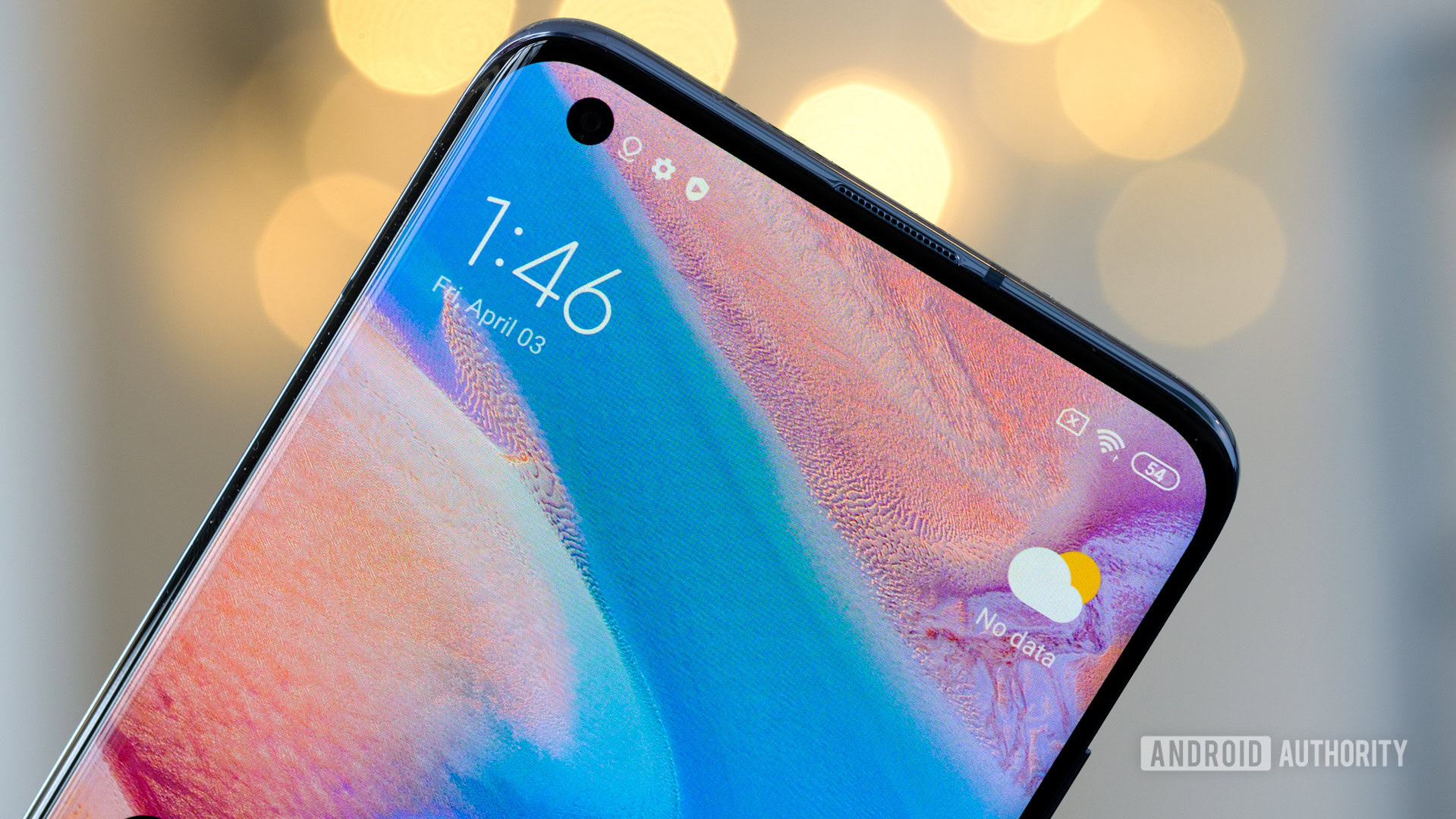
The Xiaomi Mi 10 Pro has a lot to offer. With a decently large battery, 50W wired charging, and 30W wireless charging, this thing is suited up to be a battery champ. The Snapdragon 865 alongside healthy amounts of RAM and storage make this a specs beast, and the cameras are looking incredibly promising already.
That being said, this is clearly a divergence from Xiaomi’s traditional method of undercutting other players by a huge amount. Starting the device at €999 is sure to polarize users who are used to the immense value versus the competition. We’ll wait to make our final assessment of the device after we’ve had ample time to review it, but until then, we want to hear from you. What are your thoughts on the Xiaomi Mi 10 Pro?